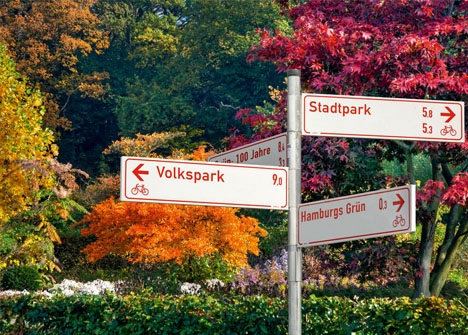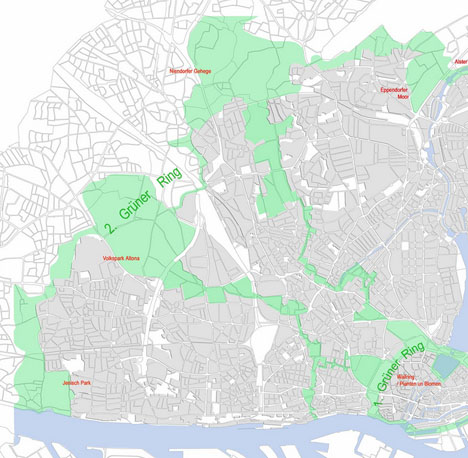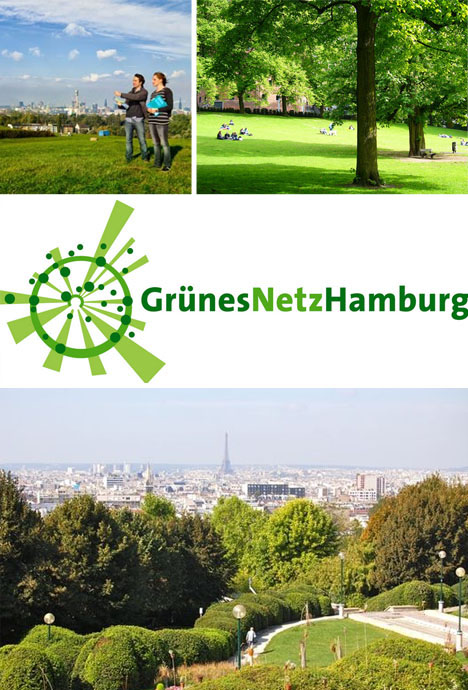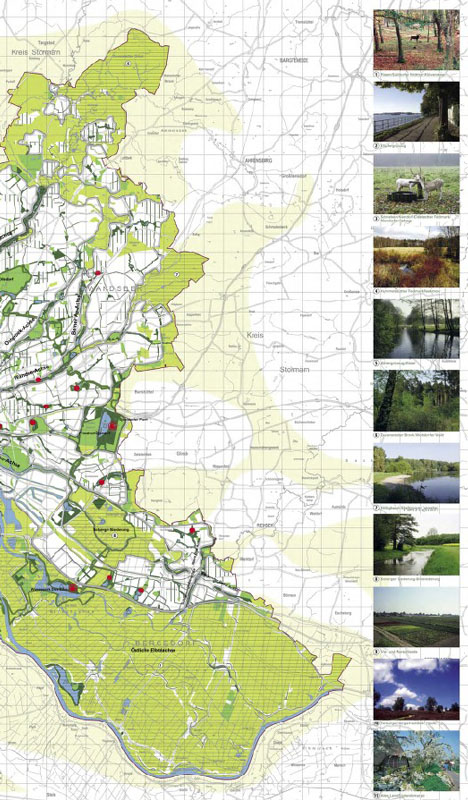Germany may be known for its green political party and sustainable energy focus, but this daring plan to eliminate the need for automobiles entirely across the country’s second-largest metropolis is fresh and bold by any standard.
Hamburg’s Green Network Plan (Gruenes Netz) is a two-decade strategy to connect the whole urban center and its outskirts via bicycles and pedestrian routes, rendering vehicles redundant and bringing green space effectively right to the doorstep of every city dweller.
Major parks, playgrounds, gardens already make up 40% of the city and many form contiguous axes accessible without motorized transit, so this direction is in many ways an extension of their existing approach. At the same time, this proposal goes beyond green rings or environmental zones toward a new type of environment-first urban planning.
Hamburg is well aware of the dangers of climate change, having experienced over a 1-degree Celsius rise in temperatures in just over half a century, as well as water levels that have gone up by close to 20 centimeters (expected to increase another 30 by 2100).
Beyond climate change-combating benefits, however, its architects note “It will offer people opportunities to hike, swim, do water sports, enjoy picnics and restaurants, experience calm and watch nature and wildlife right in the city, [reducing] the need to take the car for weekend outings outside the city.” Effectively, the vision is of a city that serves all needs and makes traveling to escape its cramped urban confines a problem of the past.




